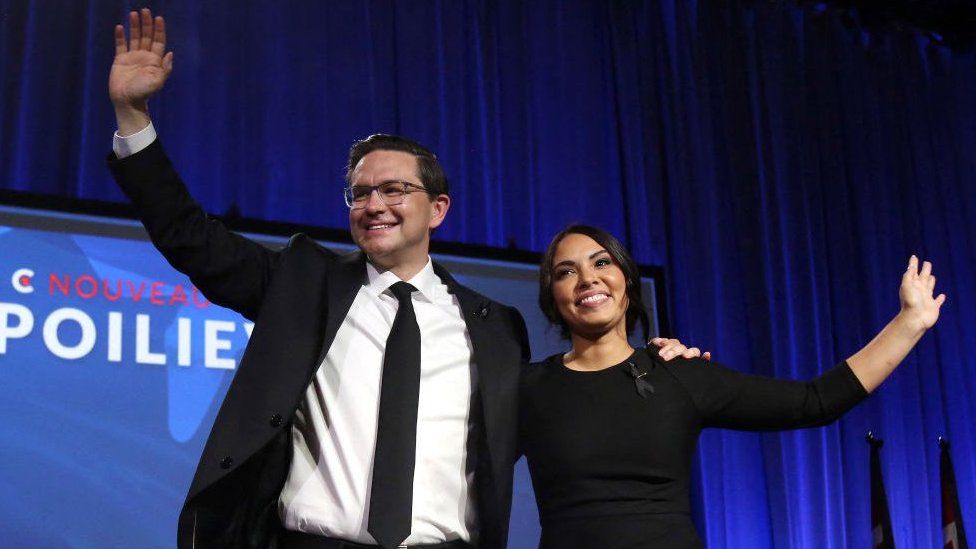Blog Post
Why I’m cautiously optimistic about Pierre Poilievre
By Jonathon Van Maren
Regular readers of this column will know that I was decidedly ambivalent about Pierre Poilievre becoming leader of the Conservative Party of Canada. Poilievre has consistently voted against all pro-life legislation (although he was pro-life when he was younger); he voted for the Liberal “conversion therapy ban” in both its iterations despite the fact that it is most invasive and deliberate attack on religious liberty in a generation; he openly campaigned on being pro-abortion, accusing Jean Charest in one leadership debate of not being pro-choice enoughfor voting for Bill C-43 in 1991. Poilievre styled himself the “freedom candidate,” but he was also pretty selective about who that freedom applied to.
But it is only fair to point out that a couple of months in, there have been a few encouraging developments. The first is Poilievre’s staff selections, including his appointment of Ben Woodfinden, a notable social conservative commentator, as director of communications. Woodfinden has been outspoken on the euthanasia issue and has defended an expansive approach to social conservatism in a number of national publications (see this National Post article titled “Why social conservatism is the only true conservatism.”) Poilievre also gave Leslyn Lewis, the social conservative leadership candidate, a spot in his shadow cabinet. That is encouraging.
Additionally, after remaining almost completely silent on Canada’s rapidly expanding euthanasia regime during the campaign, Poilievre has finally taken a public stance. In an official letter to Pastor David Cook, Poilievre wrote:
It is important that legislation addressing medically assisted dying is clear and includes necessary safeguards. I do not support expanding assisted suicide for minors or people who are unable to truly consent. Nor do I accept assisted suicide as a solution for mental illness.
My government will always promote and prioritize the health of Canadians across the country. We need to promote politics that prioritize compassionate palliative care, rather making medically assisted dying the only option.
READ THE REST OF THIS COLUMN HERE








